| Businesses facing the increasing trend of trade protectionism: Not well prepared, easily encountering unexpected events Early warning of the risk of being investigated for trade defense by foreign countries |
Trade protectionism has become a global trend.
The global economic recession due to the impact of the pandemic and global trade continuing to grow at a slower pace in 2022 as the conflict in Ukraine breaks out and shows no signs of ending. This leads to a trend of trade protectionism that is stronger than ever.
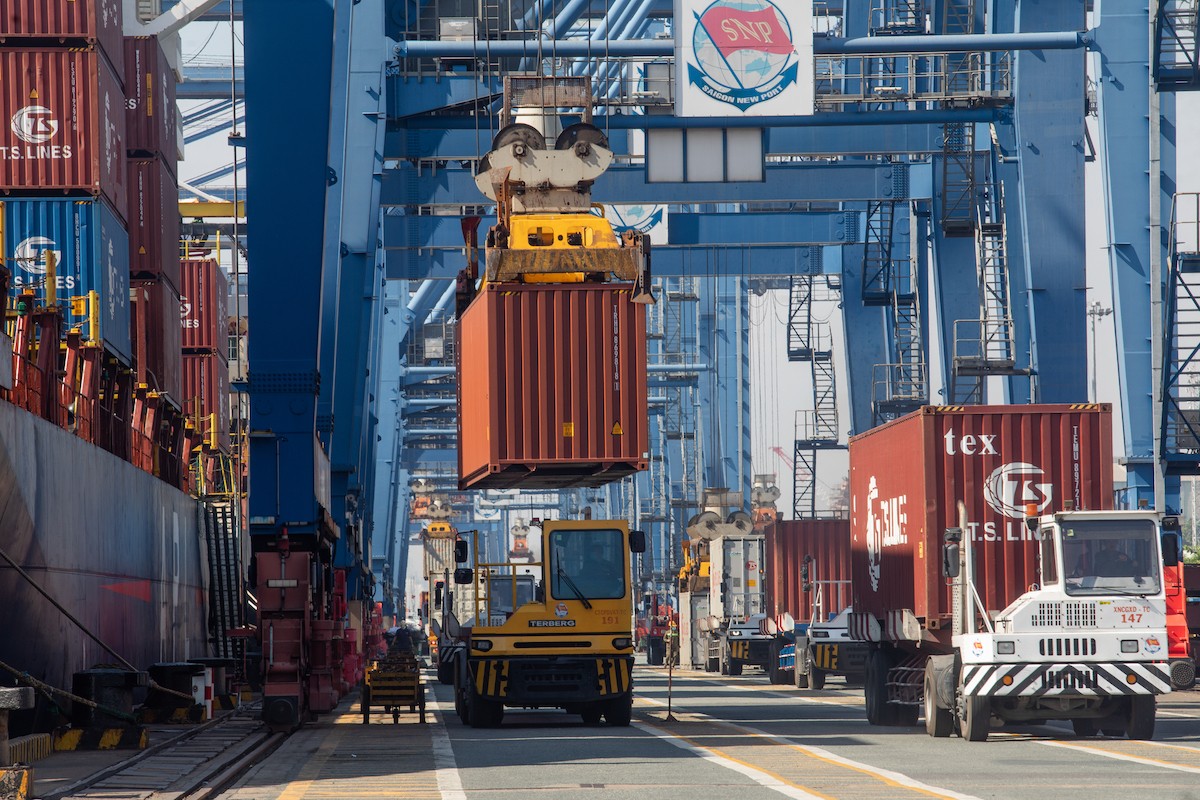 |
| Illustration |
The 2022 annual trade defense report recently released by the Department of Trade Defense, Ministry of Industry and Trade , shows that trade defense policies can take many forms, of which tariffs are the main measure used. There are also non-tariff barriers such as technical standards, hygiene and safety, quotas, exchange controls, import licenses, customs procedures requirements or strict rules of origin requirements.
According to the report, protectionist trade policies can allow governments to promote domestic trade and production of goods and services, apply tariff subsidies and quotas, or restrict foreign goods and services from entering the market. “However, in the long run, abandoning free trade policies or implementing protectionist measures can have negative effects on countries such as slowing economic growth and increasing inflation, ” the report said.
Trade protection measures can limit the import of goods from abroad, when imported goods are imported with high tax rates, the price of those goods will be sold at a high price, the competitiveness of imported goods is reduced. In addition, these policies can protect domestic manufacturers, promote trade and production of domestic enterprises, domestic goods have the opportunity to access less competitive markets because protection policies have limited imported goods from abroad, even helping manufacturers to compete to invade foreign markets.
In addition to the advantages that trade protection measures bring, they still have certain disadvantages. When protection measures are applied, domestic enterprises will not improve the quality of goods to increase competitiveness as before. Accordingly, the application of protection measures will cause economic imbalance, isolating the economy from other countries in the world.
The 2022 Trade Defense Annual Report shows that protectionism has become a global trend since 2008, when countries used new policies to support domestic business operations against competitive pressure from foreign businesses.
However, in recent years, the world has witnessed an explosion of stronger trade protectionist policies than ever before, especially trade conflicts between major economies: China - United States; China - Australia; United States - EU; EU and China; or Russia and Western countries.
These economies resort to protectionist measures as a result of political tensions and security threats, rather than simply to protect domestic trade. This has exacerbated the fragmentation of value chains, economic losses for producers and businesses, and inflation and higher prices for consumers.
In that context, the emergence of many bilateral and regional Free Trade Agreements (FTAs), especially new-generation free trade agreements, has partly resolved the negative impacts caused by protectionist trends.
Citing data from the Asian Development Bank (ADB), the 2022 Trade Remedies Annual Report shows that by the end of 2022, the Asia-Pacific region alone currently has 279 FTAs, of which 183 FTAs have been signed and officially come into effect (accounting for 66%), 81 FTAs are under negotiation, and 89 FTAs are being proposed.
Increased trade defense measures
New generation FTAs with deep and comprehensive commitments, including: Free trade in goods and services like traditional FTAs; the deepest level of commitment (reducing tariffs to almost 0% according to the roadmap or immediately upon commitment); have a strict enforcement mechanism and more, covering many areas. In particular, FTAs in general or new generation FTAs in particular will aim to eliminate all trade barriers.
The first is the Comprehensive and Progressive Agreement for Trans-Pacific Partnership (CPTPP). This is the first new-generation free trade agreement (FTA) to be implemented in the 21st century. At the time of signing, CPTPP was the third largest economic bloc in the world, after the European Union - Japan Free Trade Agreement (JEFTA) and the European Union (EU); with a market size of more than 502 million people; a total GDP exceeding 10 trillion USD, accounting for about 13.5% of global GDP and about 14% of total world trade; with large markets such as Japan, Canada, and Australia, it promises to open up many opportunities as new supply chains are formed. CPTPP covers almost all areas and aspects of trade to eliminate or reduce barriers. The agreement establishes rules that help create a consistent, transparent, and equitable environment among participating members.
The second is the Regional Comprehensive Economic Partnership (RCEP). Officially coming into effect on January 1, 2022, the Agreement promises to create a giant market of 2.27 billion people, with a gross domestic product (GDP) of 27,000 billion USD, accounting for 30.5% of the world's GDP.
RCEP was signed at a time when the COVID-19 pandemic had a strong impact on the global economy, greatly affecting trade and investment, leading to supply chain disruption. Therefore, the official entry into force of the RCEP Agreement is even more special. With the largest and most diverse number of participating members and the greatest development potential, the RCEP Agreement is expected to strongly promote the region's supply chain and promote the prosperous development of member countries' economies.
Since the establishment of the World Trade Organization (WTO), WTO regulations have allowed the use of trade defense measures as trade policy tools to protect domestic industries from damage caused by increased imports. To apply trade defense measures, member countries must conduct investigations according to the principles, processes and procedures prescribed in relevant WTO agreements.
The 2022 Trade Defense Annual Report shows that according to WTO statistics, since its establishment (1995) to the end of December 2022, there were 7,665 trade defense cases initiated worldwide, but only 5,074 investigations resulted in the application of trade defense measures.
According to the WTO, there are currently three commonly used trade defense tools: anti-dumping, anti-subsidy and safeguard. Of the three measures, anti-dumping measures are the most frequently initiated, with 6,582 cases, accounting for 86% of the total number of trade defense cases initiated by WTO members. Meanwhile, the number of cases applying anti-subsidy and safeguard measures is 671 cases (accounting for 9%) and 412 cases (accounting for 5% of the total number of cases initiated), respectively.
Of the 5,074 investigations that resulted in formal tax imposition, the number of anti-dumping tax imposition cases accounted for the highest proportion with 4,463 cases (88%), anti-subsidy cases accounted for only 403 cases (8%), and self-defense cases accounted for 208 cases (4%). For the G208 economies alone, during the period from May to October 2022, 79 trade defense measures were implemented (including 17 initiated cases and 62 formal tax imposition cases), accounting for 41% of the total number of trade measures implemented by this group.
Anti-dumping measures continued to be the most frequently used measure among G20 countries, accounting for 94% of all trade remedy cases initiated and 87% of all cases resulting in final duties. After a record number of trade remedy cases in 2020, the number of cases initiated generally declined during the period, averaging 3.4 cases per month – the lowest number since 2012. The number of cases resulting in final duties also averaged 12.4 cases per month – the lowest number since 2017.
Source link



![[Photo] General Secretary To Lam chairs a working session with the Central Internal Affairs Commission](https://vphoto.vietnam.vn/thumb/1200x675/vietnam/resource/IMAGE/2025/5/22/3b7790f499da45b2803d8ae253207ef1)



![[Photo] Prime Minister Pham Minh Chinh chairs the Government's special meeting on law-making in May](https://vphoto.vietnam.vn/thumb/1200x675/vietnam/resource/IMAGE/2025/5/22/1c880aae96fd4e0894abc47a46fe19ba)





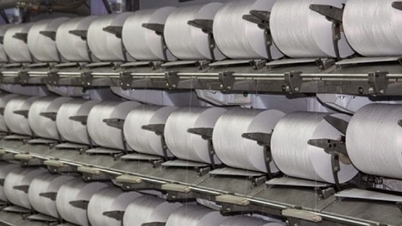




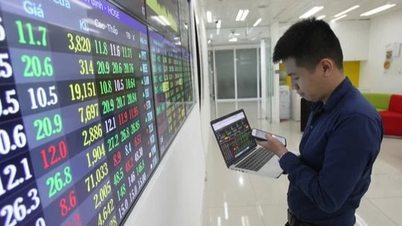













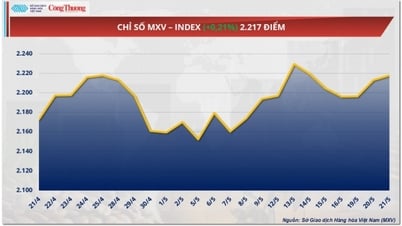









































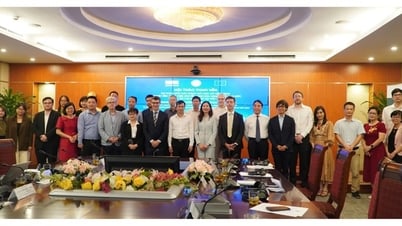


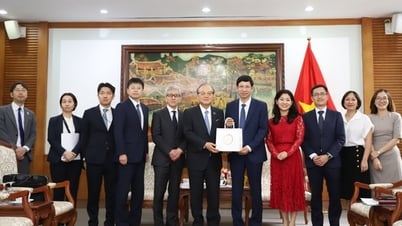




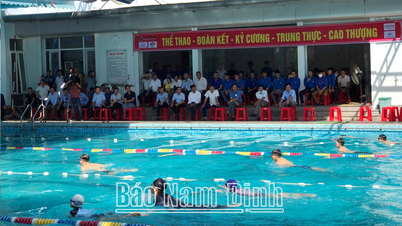
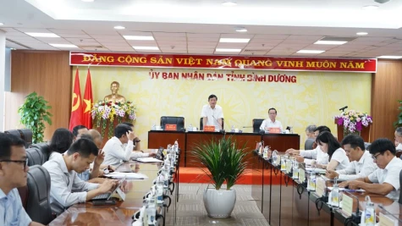

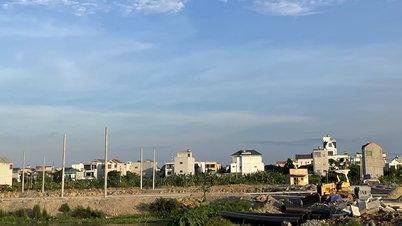



![[Podcast] Week introducing more than 500 OCOP products in Hanoi](https://vphoto.vietnam.vn/thumb/402x226/vietnam/resource/IMAGE/2025/5/22/d144aac2416744718388dbae3260e7fd)






Comment (0)